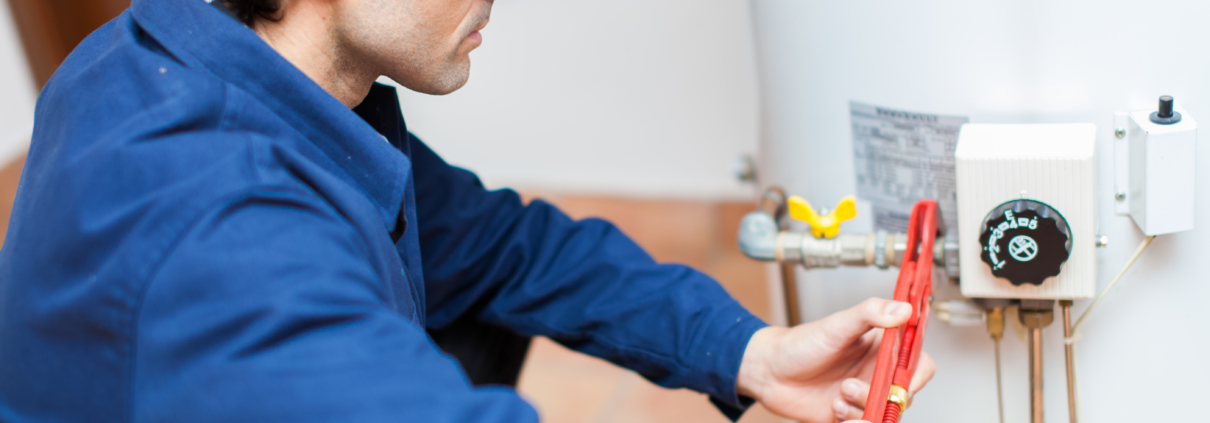Best Practices in Water Heater Maintenance
This blog will offer tips for increasing the efficiency and longevity of your water heater through regular maintenance, testing, washing out sediment, temperature adjustment, etc.
You’ve heard it before, a house operates like a body and needs to be taken care of to function properly. From the pipes serving as the veins, to the water heater pumping warmth to your homes extremities, regular care and maintenance is the best way to be sure your home is running on optimal efficiency.
If your water heater does malfunction for whatever reason, you’ll be forced to take frigid showers and could end up a popsicle if it happens in the midst of winter. Avoid the misery of a cold January shower and increase your water heater’s efficiency and longevity by following these simple best practices in water heater maintenance.
Conduct Water Heater Performance Tests
Your TPR (temperature-pressure-release) valve on the water heater is there in case pressure inside the tank climbs to high, in which case the valve will open and release pressure to prevent an explosion. Test the valve regularly by lifting the valve’s tab and letting a bit of water flow out, then release the tab. If water continues to flow after the valve has been shut, it might be time to get a replacement.
Wash Out Sediment
As time goes by, our water heaters can collect sediment in the base of the take. If not tended to, the sediment can create “hot spots” on a gas heater that have potential to damage the tank and cause a system failure. In electric water heaters, a build-up of sediment can cause the actual heating element to fail.
Drain the tank into a bucket and stir up the sediment by opening the cool water valve and allowing new water to flow inside. Then drain the water and repeat this process until there’s no longer sediment coming from the tank.
Adjust the Temperature
Adjusting the temperature of your water heater as needed, rather than leave it at full heat, can save you energy and subsequently, money. By lowering the temperature by just 10 degrees, you could save up to 5% on your energy costs. Especially if you plan to be away from the home for a few days, turn the water heater off or thermostat down to its lowest setting to reduce energy consumption.
Protect the Pipes
Insulating the pipes serve the same purpose as insulating any pipe in your home – regulating temperature to prevent freezing or forming condensation in the warmer months. Depending on the pipe, you can use foam insulation or fiberglass pipe wrap. Regardless of the type of insulation used, properly protect your pipes to ensure maximum energy efficiency and maintain pipe health.
Call a Water Heater Expert
Sometimes we do all we can to keep our home’s appliances running efficiently, and things still go wrong. If you find yourself in the middle of a water heater problem, don’t hesitate to call a plumber who can fix it.
Hulsey Environmental Services (a Blue Flow Company) offers water heater repairs for the everyday mishaps and 24-hour emergency service in the event of total failure or water leakage. In the event of a water heater emergency, you can’t afford to wait – so don’t! Call us at 770-746-8520, we’ll be there any time to get your home back up and running.



Leave a Reply
Want to join the discussion?Feel free to contribute!